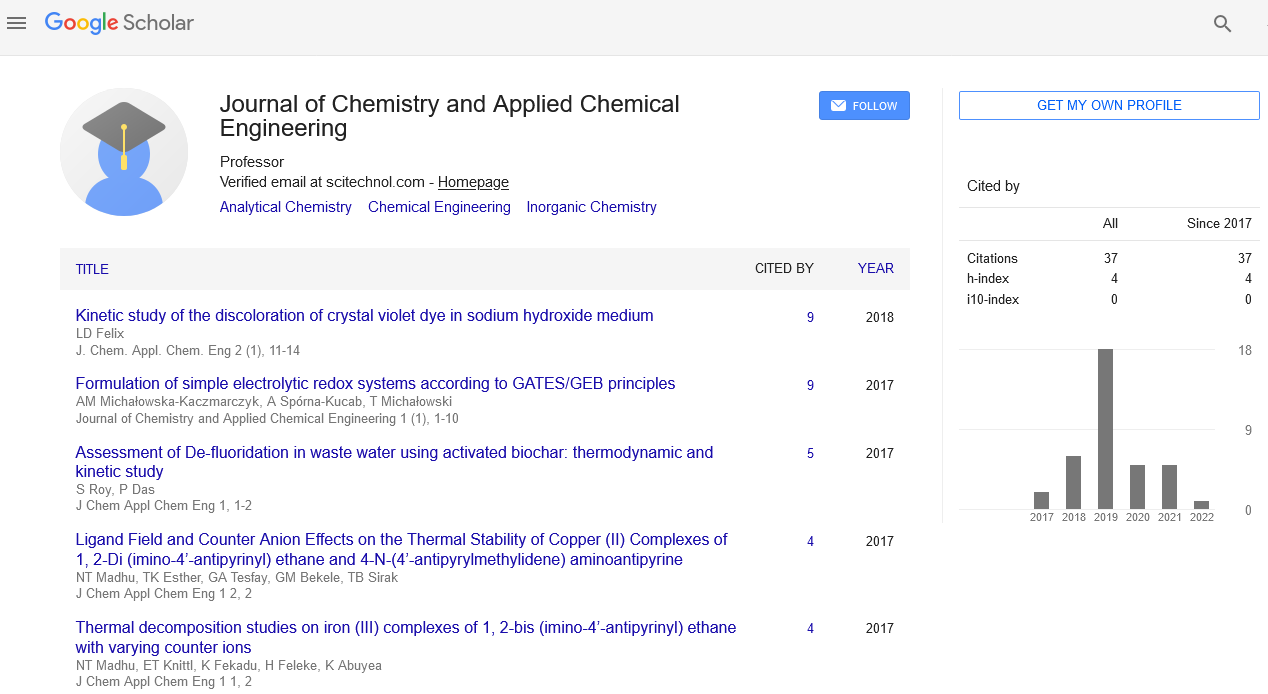Fracture characterization using shear wave anisotropy and slowness frequency analysis
Soheila Bagheri, Maziar Torkaman and Babak Aminshahidi
Overseas Technical Service Kish, Iran
Ferdowsi University of Mashhad, Iran
: J Chem Appl Chem Eng
Abstract
Fractures are most commonly characterized using borehole image logs. However, in absence of any borehole image logs, the dipole sonic data provides an alternative way in describing the fracture types, the fracture directions, and the stress directions. In this study, the integration of the borehole sonic dispersion analysis, the slowness frequency analysis, and the ultrasonic image logs have enabled the discrimination between natural and induced fractures and the determination of the related strikes and stresses. The shear-wave anisotropy is used to determine stress direction since shear waves are sensitive to fracture orientation. The method works best when the fractures are continuous with medium to high fracture aperture. With a higher aperture, anisotropy becomes more significant and could be easily detected by the sonic dispersion analysis. The fracture strikes matched perfectly with the trends detected from the fast shear azimuth. The method works even in zones with significant washouts. Slowness frequency analysis (SFA) of the rotated flexural wave is used to identify natural open fractures. Based on the cross-over pattern from the fast and slow shear, the stress-induced anisotropy was quantified. The parallel nature of the dispersion curves can be seen at many intervals caused by natural open fractures and a significant in-homogeneity is also identified at the deeper interval. The result of this study shows that in the absence of image log, dipole sonic tool can provide a robust characterization of the formation for identifying natural fractures and stress-related ones without relying on borehole image logs and it costs significantly less.
Biography
E-mail: bagheri.soheila@gmail.com
 Spanish
Spanish  Chinese
Chinese  Russian
Russian  German
German  French
French  Japanese
Japanese  Portuguese
Portuguese  Hindi
Hindi 